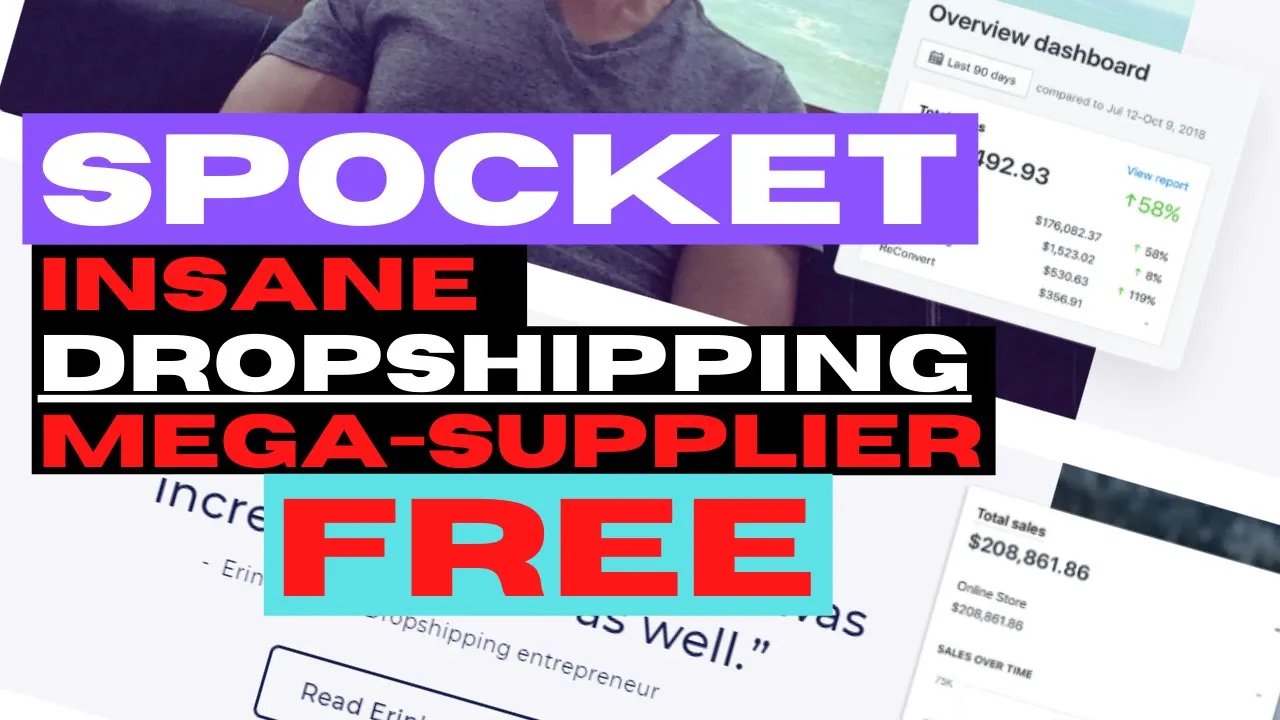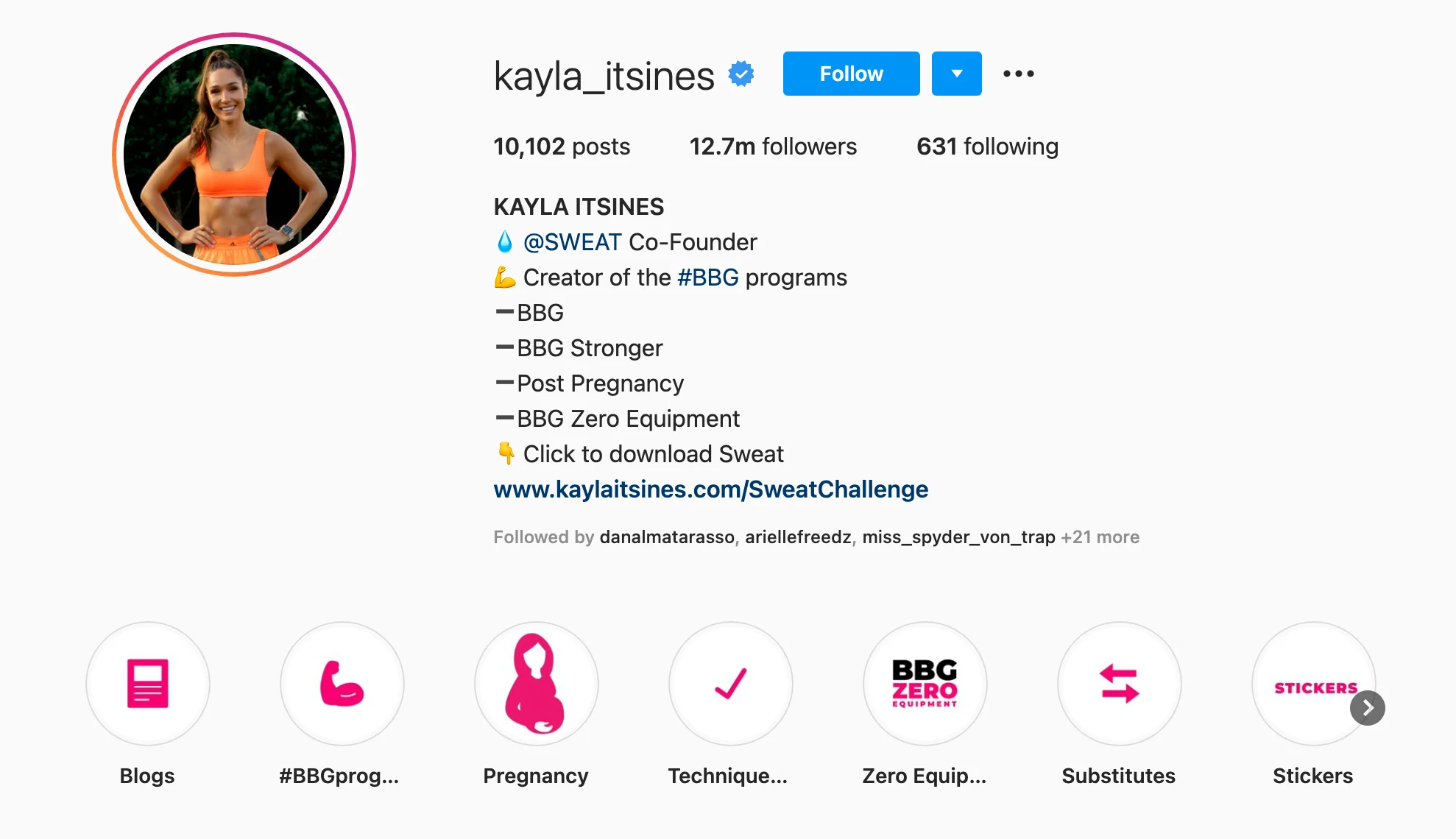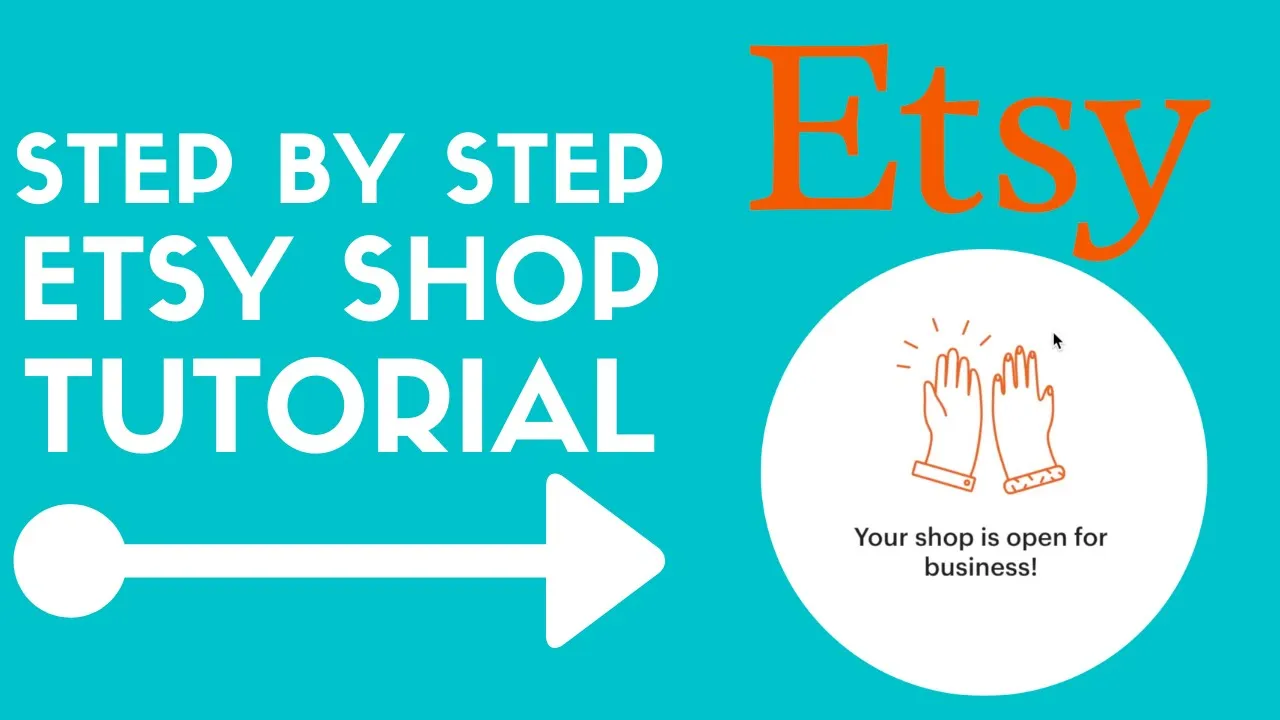8 Doable home business ideas (with low risk & no investment)
Best home business ideas that are investment-free, profitable, and low risk. REAL work-from-home business ideas you can start right now.

These days, there’s no shortage of work-from-home business ideas on the internet. But, most of these are a complete waste of time, and some are full-fledged scams.
What you’re looking for are profitable home business ideas you can do part-time or full-time to make an income that can sustain you. Just as important, these should be home business ideas without monetary investment and accessible to a non-specialist to set up and develop in as short a time as possible. Did I get that right?
It’s challenging to sort through and weigh the thousands of options on the internet. I know cause I did it for you.
If you’re looking for creative home business ideas that are open to anyone, I have some solid contenders for you. These small home business ideas can earn you 6 to 7 figures with no risk and no investment. But it will require an investment in time and hard work to see profit, so make sure you have those to spare. Rome wasn’t built in a day.
Take any of the following ideas and plug in your area of interest and expertise. Our ideas will help you save time on logistical setups and money on upfront costs. Even so, your home business is not gonna build itself, you’ll have to actively refine your offering, build your brand, and market it.
Pros and Con’s of working from home
Pro’s
- The work-from-home business allows you to set a realistic schedule with flexible working hours.
- As a home business, you have the option to sell products/services globally or locally.
- Low investment businesses have fewer overhead costs as storage/warehouse fees and may receive tax return benefits.
- Part-time business without investment
Con’s
- Work-life balance may be blurred.
- Business owners still need to follow regulations such as withholding a license/permit.
- You may need to turn your home into an office.
- Full responsibility to file for taxes

1) Run a print-on-demand business without inventory
Print-on-demand is a business model that lets you design unique apparel and items without being responsible for inventory. You also do not have the waste of traditional merchandise. This home business idea is as simple as design, post to your website, and wait.
On the other end, the printer is waiting for someone to buy something off your website. Once a customer purchases, the printer makes the product and ships it to your customer. You only need to provide customer service for this home business idea.
How do you market print-on-demand?
You have several options to market a print-on-demand work from home business. You need a website to run the business, which means you can have organic SEO working for you. You can also employ social media profiles on the platforms your target audience hangs out on.
Another component you can use to turn a print-on-demand idea into a profitable home business is influencer marketing. Hiring influencers lets you leverage their audiences for your work from home product ideas. The influencer makes a post with your product, and you see sales gains.
You do need to be aware of trademark and copyright while running a print-on-demand business. Infringing on someone else’s intellectual property may result in you being sued with devastating consequences and can end your work-from-home business opportunities.

What websites to use ?
Printify
- Price: Free
- Premium: $24.99 per month
Printify is a print-on-demand network that integrates into the popular eCommerce website builders. Printify lets you design over 300 base products so that you can turn your small home business ideas into reality. You sell the products on your site, and Printify fulfills the orders.
The free plan means Printify takes its cut in the product price. For example, if you sell a shirt for $30 on your website, you pay Printify $12 for the shirt, and you make $18 in profit. The free plan supports up to five stores, so you have options to grow your home business ideas.
Shopify
- Free trial for 14 days
- Lite: $9 per month
- Basic: $29 per month
Shopify is a versatile platform designed to build eCommerce websites.
The Lite option is viable if you already have a website or make one on a platform. It brings the Shopify listings and point of sale to another platform. This option is perfect for merchandising an existing website.
The Basic option gets you one of Shopify’s easy-to-set-up websites and the complete integration for selling print-on-demand items. Shopify then integrates with a supplier like Printify, and your work-from-home business store is live.

2) Manage a dropshipping store with no storage space
Dropshipping is a business where people can run a store without having to hold inventory. It works very much like the print-on-demand business model. Once a customer has purchased the supplier you work with will ship out the package from their warehouse to the customer’s doorstep. You won’t need to worry about packaging, shipping, or storing products.
How do you market dropshipping?
Similar marketing techniques apply to the print-on-demand marketing model. There are a lot of marketing options for dropshipping work-from-home businesses. You would need to have a website which means you can build an SEO-based page. You can also promote your website on your social channels such as platforms where you know your target audience will be there!
Another component you can use to turn a dropshipping business idea into a profitable home business is influencer marketing. Hiring influencers lets you leverage their audiences for your work from home product ideas. The influencer makes a post with your product.
What websites to use?
Spocket
- Price: $19.00 per month
- offers a free trial
Spocket is a website that handles a dropshipping marketplace where retailers can scale their online stores. Spocket has thousands of suppliers for retailers to connect with and most of the suppliers are located in Europe and the USA.

AliExpress
- Price: Free sign up, there’s no upfront cost or fee
Ali Express is a retail dropshipping marketplace that enables contact between drop shippers, suppliers, and products. The platform itself offers over 50 segmented niche categories

3) Become an online personal trainer
A home personal trainer provides virtual consultations and workouts. You can deliver these in a wide variety of formats. You can offer one-on-one sessions, workout guides, meal plans, workout libraries, group classes, and more with this home business idea.
The trick with personal training is that you should have a certification, the cheapest of which is about $200. Obtaining certification demonstrates to customers that you know how to help them and get them the specific results they want.
How do you market personal training?
One of the best marketing tricks for personal training is free samples. People cannot resist trying something out. Once they see that your method works for them, they’ll be more ready to purchase.
You should consider which social media options work best for your target market. Many personal trainers start by streaming their workouts to a social platform with a call to action for a purchasable product at the end. This home business idea builds your audience.
Networking is another viable marketing technique for home business ideas. Part of operating a work-from-home business is knowing when clients are not suited for your services. Another trainer may refer you to perfect clients when they do not fit that trainer’s style.

You do need to live up to the expectations you’re setting up in your program with your physical appearance. People are less likely to purchase your home business materials if you do not fit a personal trainer’s image.
Additionally, personal training tends to be a referral-based business. If you listen to your customers and help them meet their goals, they will send friends and family to you too.
What websites to use?
YouTube
- Price: Free
- With enough followers, YouTube pays you
YouTube is a video platform that allows you to build your own channel. This channel holds all the videos you upload to the website. Visitors can then search for your videos, subscribe to your channel, and receive notifications when you post new videos.
All of the YouTube features make it a good option for reaching the public with your home business idea. It’s among the most popular video platforms globally, and you do have control over what’s in your videos.
Simply Book
- Price: Free
- Basic: $9.90
Simply Book is a reliable option if you want to sell one-on-one personal training sessions. You get to create a custom booking page even on the Free version, along with a widget if you have another website.
The Free version does offer 50 bookings per month. However, you must handle point of sale separately. You also do not get a client application, which can be why new customers pass on your work from home services and ideas.
The Basic plan gets you all the booking functionality you need. It includes features like sales and gift cards. You also gain more control by having an application available to clients. It’s also useful as your business expands since you can offer multiple staff members.

4) Sell your homemade products online
Homemade refers to anything that you make. It may be knitting, soaps, pottery, woodwork, art, and any number of other items. If you’re already doing this as a hobby, you should have no problem turning it into a profitable home business idea.
You can even label products you make at a secondary location as homemade. For example, if you go to a community woodshop to craft your products, those are still homemade.
Typically, homemade goods are sold in marketplaces. These can be physical, such as farmer’s markets, or digital. If you choose the digital option, you will need to create listings for each product on the website for your home business ideas to succeed.
How do you market homemade products?
Homemade products can be marketed in a variety of different ways. Some people make YouTube videos of their process, while others prefer photos on Instagram. The best answer on social is usually wherever you can find customers to turn your ideas into a profitable home business.
Additionally, if you join a marketplace, then the marketplace does a certain amount of marketing. It’s in any marketplace’s best interests that your product sells so that you keep coming back as part of your home business ideas success plan.
Homemade products can be labor-intensive. Make sure to account for the materials and labor time while pricing items for your home business idea. Additionally, high-quality images are likely to help your products sell well.

What websites to use?
Etsy
- Price: Fee-based
- $0.20 per listing
- 5% transaction fee
Etsy is among the best-known marketplace websites. It costs nothing to open a shop on the platform. However, you will be charged $0.20 the minute you hit publish for every product you create a listing for.
Etsy also charges a 5% transaction fee. That means the platform keeps 5% of the total price of each order. There are also payment processing fees that come into play and vary based on your currency preferences.
Etsy does offer a recurring listing feature that saves you time if you sell multiples of the same product from your small home business idea, like soap bars. This feature saves you time, even though you eat the listing fee each time you use it.

Aftcra
- Price: Fee-based
- 7% transaction fee
Aftcra focuses on homemade and handcrafted products from the United States. It’s a marketplace as well, and you build your own store as part of your home business ideas. There is no listing fee on Aftcra, but each listing is only up for six months.
Aftcra charges a 7% transaction fee. This percentage is how the marketplace makes money and manages without listing fees. Instruction on how to create an Aftcra account
5) Freelancing: sell your skills and expertise as contract work
A freelancer is someone who works for themselves and takes contract work from companies. It involves offering your time for a price that you determine. Freelancing online is a common work-from-home business option today.
What skills you can use for freelancing is limited only by your imagination. You may draw illustrations, provide commercial voiceovers, edit videos, or build whole websites as examples of work from home ideas. You can even offer closet organizing if you want.
Freelancing typically starts with single jobs here and there. You can then build your work from home ideas’ reputation and become a virtual assistant for your specific skills if you want to.

How do you market freelancing?
Methods for marketing freelancing vary by industry. For example, a writer might create portfolio blogs while an illustrator might prefer showing works in progress on Instagram. Social media options are varied too for home business ideas.
One option is joining a freelance marketplace. The marketplaces have a vested interest in you getting work since most of them operate on a percentage fee per transaction. That encourages them to support your home business idea.
You can also approach people through cold calling/emailing about your small home business ideas and services. Suppose you can find people who genuinely need your assistance. In that case, this is potentially a profitable route since there are no fees coming out of your home business idea earnings.
The prices in freelancing are entirely determined by how much you would like to earn. Ensure you figure in any commission that the platform you’re freelancing on keeps when considering how to price your services.
What websites to use?
Fiverr

- Price: Free
- 20% fee on every completed order for sellers
- 5% fee on buyers
Fiverr is a freelancing marketplace in the traditional sense. You create standard offers that people can order based on the skill(s) you want to sell. Buyers can either purchase these offers or contact your home business to set up a custom offer that matches their ideas.
Fiverr charges sellers a flat 20% fee on any order completed that’s over $20. The platform also charges the sellers a 5% fee, but that is added on top of your gig price.
Fiverr also uses a level system with different features. Until you work your work from home idea up the three levels to top seller, there is a two-week gap between when you finish work and when the earnings clear.
Upwork

- Price: Free
- Plus: $14.99 per month
- 3% payment processing fee for buyers
- 20% on $500 or less, 10% on $500 to $10,000, and 5% on over $10,000 in lifetime work for an individual client
Upwork is a marketplace, but it relies on sending out proposals on jobs you are interested in. You’re limited in how many proposals you can send, however. This catch prevents clients from inundation.
Upwork uses what it calls Connects. You spend Connects each time you submit a job proposal, and each submission requires a different amount of Connects. The Free account has 10 Connects per month, while a Plus account has 80 Connects each month.
This work-from-home business platform uses a sliding fee scale, and you can be at a different point on the scale with each client. Upwork keeps 20% of each completed order, then 10%, and then 5% if a single client buys more than $10,000 in work from you.
6) Use Niche Blogging to gradual build passive income
Niche blogging involves building a website around a specific topic. The blog is then monetized using backlinks, affiliate marketing, merchandising, or any number of other options. Your blog also needs to be SEO-heavy, so it ranks high in search engines.
To start, you need to write or purchase high-quality content articles for your blog in the niche you chose as your home business idea. It helps if you’re passionate about the niche. Typically, this content should center around how-to, listicles, and other easy-to-rank content.
You can then take the blog in multiple directions once it ranks on Google. A common one is link building, where people can pay you to place a link leading back to their site in one of your blog posts.
Affiliate marketing is similar to link building. You place a link containing a unique reference code in your work from home business blog posts. If one of your readers clicks the affiliate link and buys the product, you get a percentage of that sale.
Merchandising can be as simple as using a print-on-demand plug-in, as described earlier in this article. It can also involve a more complex work-from-home business strategy, especially if you’ve built up a fan base while building your niche blog.
How do you market niche blogging?
Niche blogging marketing depends on your niche. It makes little sense to market on social platforms where your audience does not hang out regularly for your work from home ideas.
Email marketing is a viable option. You can partner with someone else to be in one of their emails, which brings you a portion of their audience and increases your site’s rank since you now have more readers. Email marketing can also keep people engaged with your website.
Running a niche blog also lets you set yourself up as an expert in the field. You can then market on TV, podcasts, video collaborations, aggregation websites, and more. You could even aim for publications with your work from home ideas.
Niche blogging can be a long-term activity with gradual growth in income. Very few blogs are immediately popular or rank in Google the instant you publish them. So start now and expect to reap your reward up to a year in the future.
What websites to use?
Wix
- Price: Free
- Combo: $14 per month
Wix is a free website builder that can house your small home business ideas blog. Wix allows every website free hosting and a custom URL. However, the free version does have a permanent sticky ad that announces you built the website on Wix.
Wix is user-friendly, and no coding is involved in this small home business idea. Everything you need, you can drag and drop on the website. Additionally, Wix offers a variety of widgets to upgrade your site’s functionality.

Bluehost
- Price: $8.99 per month
- VPS: $19.99 per month
Bluehost is a host, which means it houses your website in its servers. Bluehost plans also include a domain name with your plan purchase. It’s easy to set up and simple to launch the website builder for small home business ideas.
Bluehost is suitable for website building on WordPress, which is an open-source program. That means any function you could want for your work-from-home business website probably already has an integration. That’s all the flexibility you need to build a fantastic niche blog.
7) Reseller services: sell other people’s products for them
Reseller services are relatively straightforward small home business ideas. You’re acting as the seller for someone else’s belongings. Then, once the item is sold, you get a percentage of the money made.
This work-from-home business option is possible because people do not always have the time or patience to babysit an item on the peer-to-peer marketplaces. However, people still want those things sold and the money in their pockets.
How do you market reseller services?
This work-from-home business operates on word of mouth primarily. You start with a busy friend, do well, and then they mention how easy it was for them to be one of their friends. You need to do an excellent job for this home business idea to work.
Quality photos of the product(s) are essential in this niche. If you use low-quality images or stock photos, people will not trust the listing and will not buy.
Seller and buyer protections are relatively low for resellers. Make sure to account for the financial risks when determining how much you charge.
What websites to use?
Craigslist
- Price: Free, mostly
- $5 fee for selling cars
Craigslist is among the original peer-to-peer marketplaces. Since listings are free outside of cars, the platform offers many niches of items. It’s an excellent place to start your home business ideas.
Craigslist does recommend accepting only cash as payment or using a secured option like PayPal. It also recommends not shipping items and instead of meeting in person to prevent scams.
Facebook Marketplace
- Price: Free
- 5% fee if an item uses shipping or the payment integration
Facebook marketplace is a more recent addition to the peer-to-peer scene. Facebook added it after users had already formed selling groups and a general method of selling items to their friends.
Facebook has recently stepped up its efforts to protect buyers and sellers, especially considering COVID-19. The company now facilitates shipping items for a 5% fee. There is also a small hold of funds to ensure the product is delivered.
8) Become an event planner and help others get organized
The event planning industry experienced a drawback during the pandemic. However, as places open, it will come back and make a good home business idea. People do not want to keep track of the details of their events or be the point of contact for moving pieces like catering.
Event planning covers many different event types, and you may want to specialize. Options include weddings, retirements, awards ceremonies, community events, and more.
As an event planner, you need to be highly organized as well as personable. You keep all the event planning pieces on track, along with handling anything that pops up the day of the event. It can be one of the more intense home business ideas.
You can offer your services exclusively digitally if you want to, though you may lose clients who want the coordination on the day of the event.
How do you market event planning?
Regardless of whether you want to go digital-only or hybrid, a website is a useful tool. A website will help your work from home, a business shows up in the search engine results for people in your local area where you are most likely to find work.
On the topic of local, involvement in local events is a great way to gain a reputation for outstanding event planning. Even large virtual events can benefit from an event planner, as can charity events of all sizes.
Social media is also a viable option. You can offer photos of your event planning or tips on event planning adjacent activities like organizing time. Social media then becomes a pool of people who might use your home business ideas and services.

Word of mouth is an excellent marketing tool for event planners. When you deliver exceptional service, people will tell their friends. Of course, negative word of mouth is also possible, so make sure you’re providing the best events possible.
Event planners most often charge their services as a percentage fee of the total event value. You can expect between 15% and 20%, but the final figure depends on the event’s complexity.
What websites to use?
Trello
- Price: Free
- Business: $10 per user per month
Trello is an organizational software. You can create a board for each event, label the columns within the boards with statuses, and move the cards between things as each step progresses. You can put as much detail on each task card as you like.
The free version of Trello is full-featured. The only limitation is you can only use one of the plug-ins per board, such as the calendar integration. It’s perfect for just starting or when you have a small team.
HoneyBook
- Price: $9 per month
- Unlimited: $39 per month
HoneyBook is an all-in-one solution perfect for event planning. It incorporates everything from proposals to scheduling to lead tracking to workflows.
The HoneyBook Starter level contains all of the features. However, it has a $10,000 limit before it makes you upgrade to Unlimited. At that point, you should have a good feeling about whether HoneyBook works with your home business ideas.
Final thoughts:
One of these small home business ideas could get you started towards replacing your regular income with a six- to seven-figure salary. It does require dedication and hard work to make it happen, though, so make sure you’re prepared.

